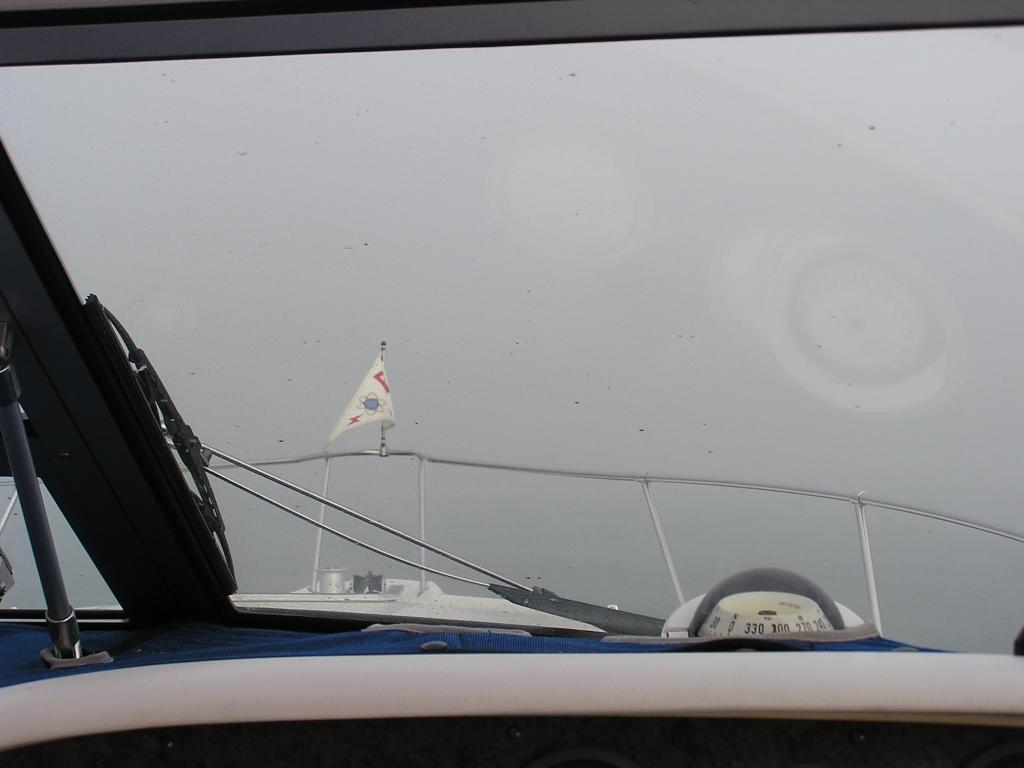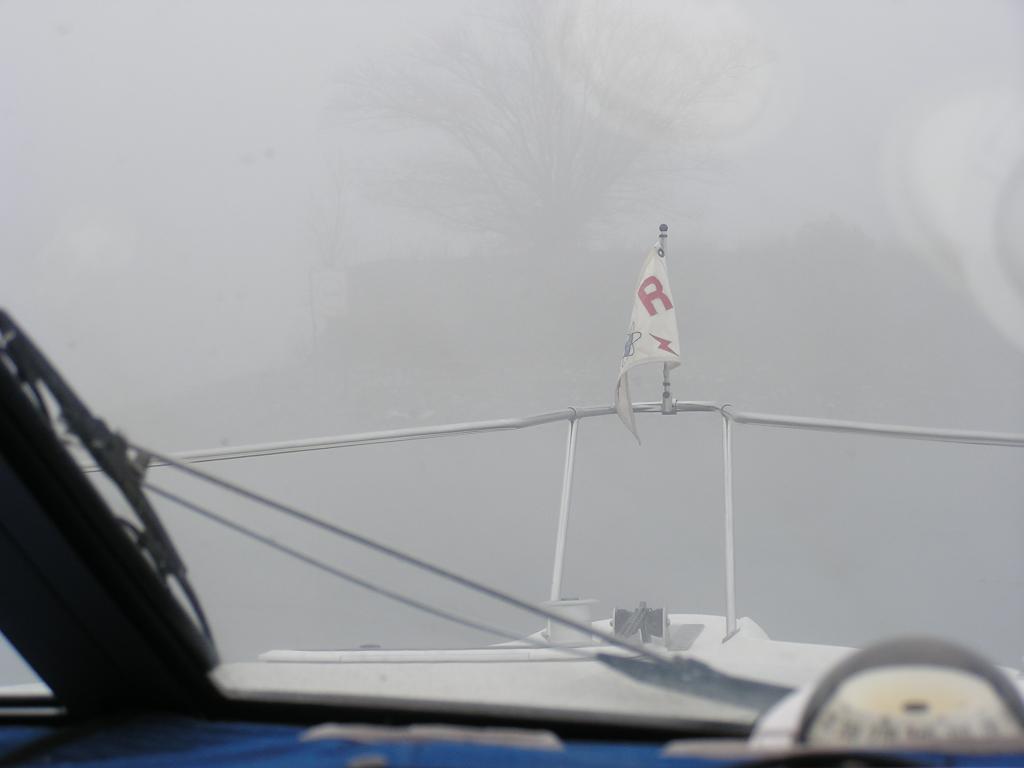Saw this recently: https://vimeo.com/138465488
and started wondering what the heck he was doing going 148 mph in heavy fog?
and started wondering what the heck he was doing going 148 mph in heavy fog?
When you make the choice to travel in fog you put your vessel and the next vessel you meet in a compromised position regarding safety. So the "Onus" is on you, because of your choice, to provide an elevated level of safety to the other boat. That's not to say you should not travel in fogging conditions. But without an auto pilot, chart plotter and radar you are traveling without meeting your responsibilities. If while traveling the fog sets down around you, that's a different situation entirely.
I don't argue with your statement except for the autopilot. In what way does not having an autopilot prevent you from "meeting your responsibilities"? If you have radar, I would also argue that a paper chart would do as well as a chart plotter. I would go so far as to say that if you can't navigate with radar and a paper chart that you shouldn't be out there.
The fact that its a fundraiser or CG boats in the area is irrelevant. If he has a crash, he has some explaining to do. Safe speed for existing conditions would be pretty hard to defend doing 148 MPH. If the fog came in on them, you can pull that little throttle lever towards you to slow down.

I don't argue with your statement except for the autopilot. In what way does not having an autopilot prevent you from "meeting your responsibilities"? If you have radar, I would also argue that a paper chart would do as well as a chart plotter. I would go so far as to say that if you can't navigate with radar and a paper chart that you shouldn't be out there.
A Marine board of inquiry is going to hold the operator responsible. The fact that its a fundraiser is relevant, how? The CG boats are also irrelevant. The rules of the road only address 2 vsls with respect to maneuvering. Coast Guard presence will not reduce his liability.I agree with you, except for the first line.
The relevancy to the situation is that there was at least "some" planning involved. As such, and especially with Helo's and FW craft available, weather forecasts, comms, et al, there's no reason he should have been "surprised" by the fog bank. That's all I meant.
You get surprised when you come around a bend on an otherwise beautiful day, and there it is!
Not at 148+
Other than that, I'm on board with your statement 100%.
He's still responsible for his actions.
That looks like video proof of wreckless boating. As someone else pointed out, that buoy could just as easily have been an family in a boat, fishing. Multiple fatalities. I think prison time would not be out of line.A Marine board of inquiry is going to hold the operator responsible. The fact that its a fundraiser is relevant, how? The CG boats are also irrelevant. The rules of the road only address 2 vsls with respect to maneuvering. Coast Guard presence will not reduce his liability.




A Marine board of inquiry is going to hold the operator responsible. The fact that its a fundraiser is relevant, how? The CG boats are also irrelevant. The rules of the road only address 2 vsls with respect to maneuvering. Coast Guard presence will not reduce his liability.
